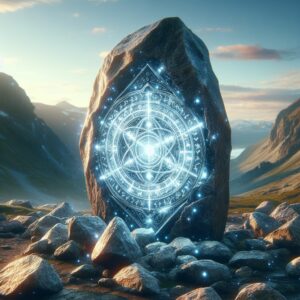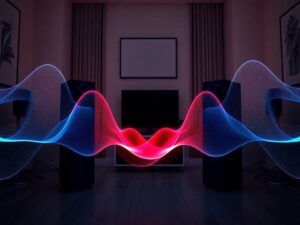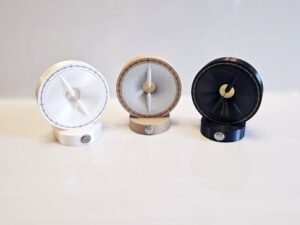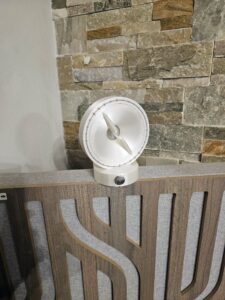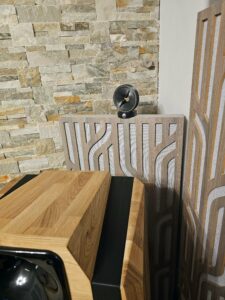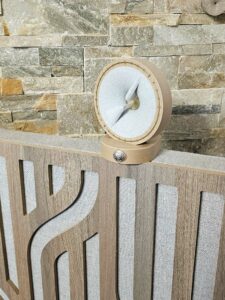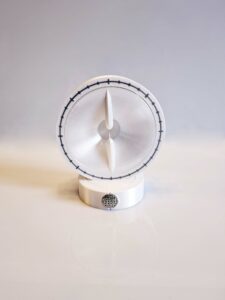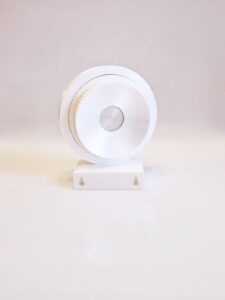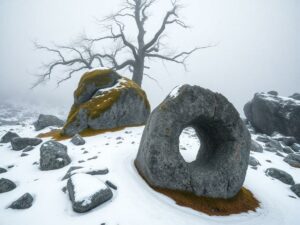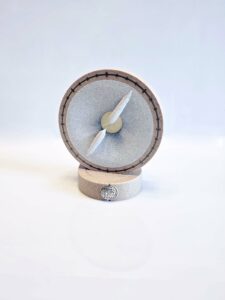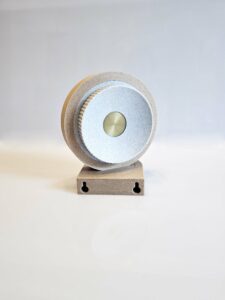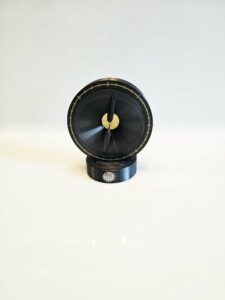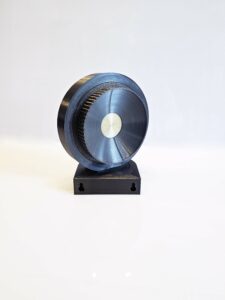Concept
Pann Seïta is a focusing lens, to be placed in “noisy” areas of your listening place. Typically corners behind speakers, or behind you.
There are plenty vortexes there, and rebounds which mix with original soundwaves in an out-of-phase (destructive or additive) manner.
This means that depending on your setup, room geometry, furnitures… you may hear too much or too few trebles, too much or too few meds, and even too much or too few low meds.
Traditionnaly, these issues are addressed through either digital room correction devices. It can also be partly treated by moving your speakers to some compromise spot, possibly loosing some advantages from the initial position (optimized for the main flux towards the auditor).
In the past, most typically in 1950-1960’s, some high-efficiency setups experienced angled or even back firing additional tweeters to harmonize trebles & enlargen soundstage. Bear in mind that high frequencies are very directive… and reflective… They can cause more issues than anticipated, even on mediums clarity & embodiment.
With this in mind, playing with rebounds – hence not back-firing the signal, we designed Seita Focusing lenses to:
- Passively project some waves-corrections – without moving your speakers – tune to select spot and frequencies – effect is impressive as variable.
- Enlarge soundstage in 3D by redirecting high-ends out of traditionnal speakers direct influence.
In a way, Seita can be considered as “passive” and 2 axis orientable tweeters.
Benefits
- Enlarge soundstage in depth, width and height
- Diffuse medium frequencies to address holes & bumps
- Attenuate harsh treble resonances
- Clarify mediums to better distinguish voices & lyrics, and unison parts
- Feel a more carnal interpretation of low-mediums
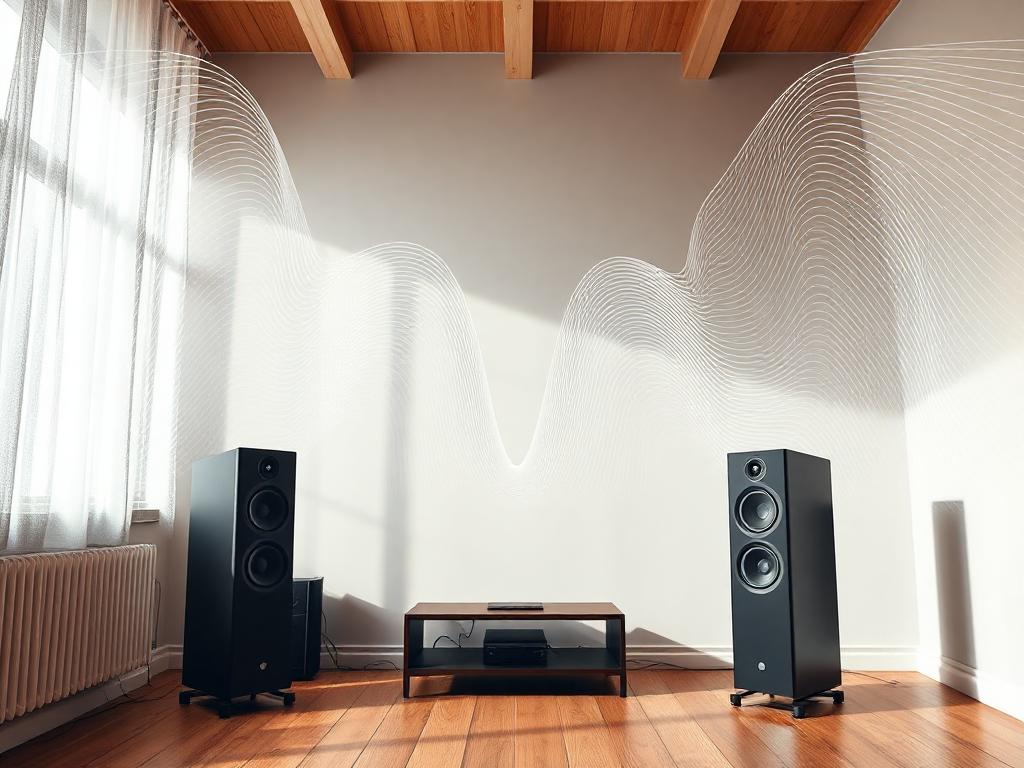
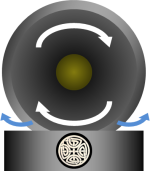
Setup
- Seita can be placed on furnitures or appliances
- They can also be set on walls due to their screw grooves in the back
Horizontal rotation (blue arrows)
A typical setup is behind the speakers, near corners. So many collisions happen there, then rebound towards the scene.
The more “air” behind the devices, the more effect should be expected (due to back collecting horn).
Do not make the device point the same direction as speakers, as you specifically want not to pollute this flow.
One viable setup is to make the flows point towards the auditor, but some 1 or 2m ahead of him. You will hear more matter at auditor place.
This means that the flow will be more “pinced” than speakers’ one.
Vertical rotation (white arrows)
You will want to “split” the flow not fully horizontally – as well not to conflict with your speakers one.
Some angle (for instance at 3d marking) will enable to get a higher soundstage and remove some harshness.
Rear setup
An additional setup near back wall or angles will also add some indirect benefits. Here again, do not point to the same spot as speakers.
Nonetheless, vertically, do not apply the same angle. For instance if you set “3” on your front Seitas, you can go “4” on your rear ones.
You may cancel high-end harmonics by setting same angle… to a less vibrant piano for instance.
Conclusion
Naturally, all this depends on your system, setup and taste, as always if not more… test and tune to your liking.
Design
Seita are basically made of two structures
- A vertical ring with quadrant inscriptions to ease parallel setups between left and right devices.
Diameter: 120mm
Depth: 23mm - Sitting on a front-round & back-square base.
Diameter: 80mm
Height: 22mm
Main features are however embedded in the central part, hosted within the outer-ring mentionned above:
- A 1:.85 front horn to properly guide / project waves
- Front 2 highly studied diffraction spurs with ever-smooth and orientating surfaces to force soundstage enlargement
- Front waves guides from membrane to spurs to soften this separation and remove some harshness in sound restitution
- Back “collecting” horn for a wider frenquencies effect – particularly on medium & low-medium ; also offering hand-grip for horn & spurs rotation
- A 2 inches central soft/thick membrane – studied to be frequencies polyvalent
Front-face is round, as per typical Pann design.
Back-face presents holes for wall hanging.
Central disk (the one with horn and spurs) can rotate on X-axis within the outer-rim. Gently use back ring for this rotation – as guides behind the spurs are relavely thin.
Second rotation is following vertical Z-axis : external rim rotates over the base.
Etymology
Seïta stones are part of North-European Sami cosmology, acting as communication gates with the world of spirits (Gufihtars). They are sacred to the Sami. They are also referred as Sieidi in some Sami dialects. Seita are to be found directly within nature, with partial moss cover, under trees…
Some will refer to our design, in a movies fashion, such as a “stargate”.
Variants
Seïta are relatively big objects, and requires distinct outfits to better fir your setup
- Shiny white, with silver inscriptions & membrane
- Shiny black, with bronze inscriptions and membrane
- Fair wood, with granite/stony central horn, bronze inscriptions & membrane
The latter being a closer tribute to Sami-folklore.

